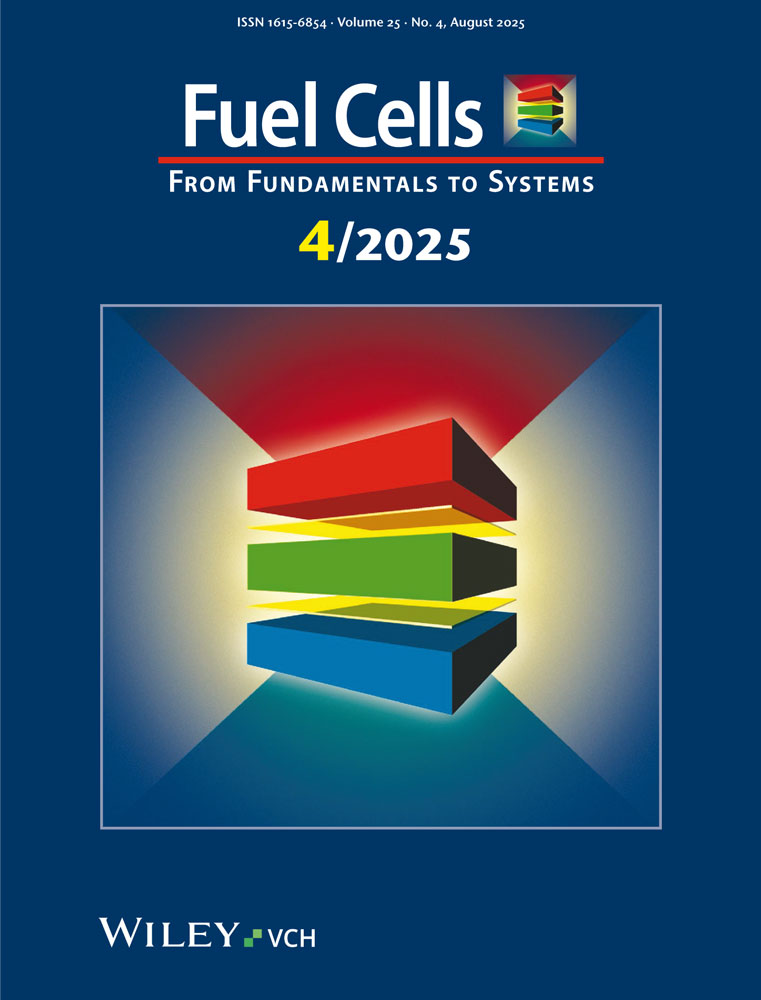Development and Characterisation of Electrically Conductive Polymeric-Based Blends for Proton Exchange Membrane Fuel Cell Bipolar Plates
Abstract
The main objective of this work was to develop films with controlled dimensions for proton exchange membrane fuel cell (PEMFC) bipolar plates (BPPs) using the twin-screw extrusion process. These films consisted of a low-viscosity polyethylene terephthalate (PET) in which a mixture of high specific surface area carbon black (CB) and synthetic flake graphite (GR) were dispersed. A third conductive additive, consisting of silver-coated glass particles (SCG) or multi-walled carbon nanotubes (MWCNT), was also added at a low concentration (5 wt.-%) in order to study its synergistic effect on the PET-based blend electrical conductivity. As the developed blends had to meet properties suitable for PEMFC bipolar plate applications, they were characterised for their electrical through-plane resistivity, mechanical properties and oxygen permeability. Through-plane electrical resistivity of about 0.3 Ω·cm and oxygen permeation rate of 3.5 × 10–8 cc cm–2 s–1 were obtained for only 30 wt.-% of a 60:40 mixture of CB/GR conductive additives. Although the substitution of 5 wt.-% of CB/GR by the same amount of MWCNT had no significant effect on BPPs' electrical resistivity, it helped to improve their mechanical properties and especially their oxygen permeation, which was decreased from 3.5 × 10–8 cc cm–2 s–1 to around 0.6 × 10–8 cc cm–2 s–1.




